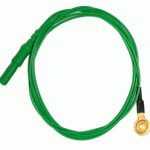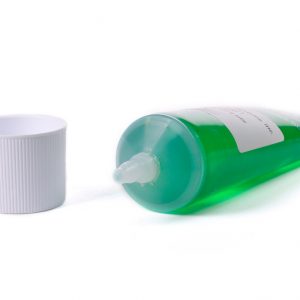Part #: GEL102
Ten20 Conductive Paste 114 g
Ten20 is a conductive and adhesive paste specifically formulated for use with reusable (non-disposable) electrodes. Primarily used for EEG electrodes.
Ten20 contains the right balance of adhesiveness and conductivity, enabling electrodes to remain in place while allowing the transmittance of electrical signals. Ten20 is a uniquely washable and non-drying formula.
Do not use too much paste—the size of the area of the paste becomes the effective size of the electrode; this can reduce interelectrode distances and potential differences measured. Wash skin promptly after use.
Contains 12.5% chloride salt.
Click to review MSDS.
Details
Support
Downloads/Resources
Knowledge Base
- * CLEANING GUIDELINES *
- About License Keys
- AC mode
- AcqKnowledge accuracy
- AcqKnowledge iLok key lost or unavailable
- Amplifier analog output signals
- Amplifier filter settings
- Arbitrary waveform stimulation
- Band-pass and band-stop filters
- BioNomadix Signal Interruption
- Biopac Student Lab (BSL) Newest Features
- Calculating file sizes
- Calibration values
- Checking Finger Cuff Lifetime for NIBP100D/NIBP100D-HD
- Common mistakes/general troubleshooting
- Connecting Calibration Gas Tanks & Mixing Chambers
- Editing noisy data
- Electrodermal activity measurements
- Enabling the Transform Menu in BSL Analysis (RSD)
- Event Markers | Correcting Automated Placement
- Excel files exported from BIOPAC software open in Excel 'Protected View'
- Glossary of specification terminology
- Grounding guidelines
- High pass filters
- How can I move QRS peak event marks from the bottom of S waves to the top of R waves?
- Installation CD/DVD lost or damaged...how can I re-install software?
- Interfacing third-party transducers
- Low pass filters
- Notch filter
- Railing signal (flatline)
- Recording good data
- Troubleshooting MP160 Ethernet Communication
- Using other software with BIOPAC hardware
- VREF, reference excitation voltage



Stay Connected